As time goes on, factory AR-15s are getting better and better. Prices are getting lower and features that used to be skipped are now standard. But there are also standard features that have always been on ARs that are serviceable but rarely likable. Often, the first thing to go on a factory AR-15 once you put rounds downrange is the trigger.
Most AR-15s that come from major manufacturers have Mil-Spec triggers. To some, Mil-Spec inspires trust, although it really the lowest common denominator that reaches minimum materials and dimension standards. Milspec triggers are spongy, long, and have a heavy trigger pull weight. That is great to make sure you do not accidentally discharge the rifle if your finger wanders inside the trigger guard, but these bugs can work against you if you need to shoot quickly and accurately, particularly as the distances grow long.
Options Galore
There are many excellent aftermarket AR triggers out there, but some are cost-prohibitive if you are on a budget. I was up for an upgrade and up for a challenge. What is the cheapest aftermarket trigger and how good is it? I searched the GMW catalog, sorted my results by price, and landed on the TriggerTech Single Stage Duty Trigger. Here is how it works:
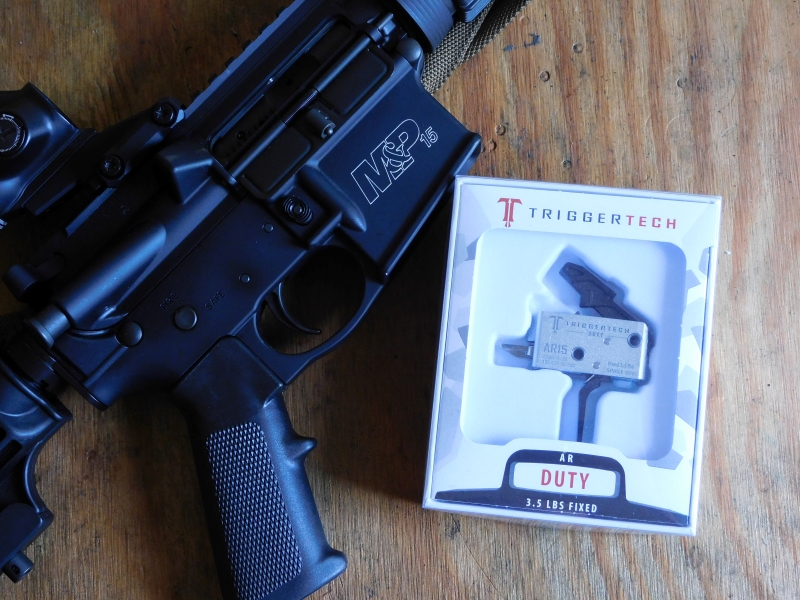
Features
TriggerTech of Ontario, Canada produces aftermarket triggers for an array of rifles, including the AR-15. The Duty Trigger is a drop-in unit that will fit into any Mil-Spec AR lower receiver and installs using Mil-Spec .0154-inch trigger pins. It features 440C stainless lockwork housed in a corrosion-resistant 7075 aluminum body. The sheen is offset by the black PVD coating on the trigger shoe and bar.
The TriggerTech Duty trigger uses the firm’s proprietary Zero Creep Technology. The frictional sliding surfaces between the sear of the hammer and the trigger bar are buffeted by a roller bearing that gives instantaneous feedback without any sponginess before the hammer falls.
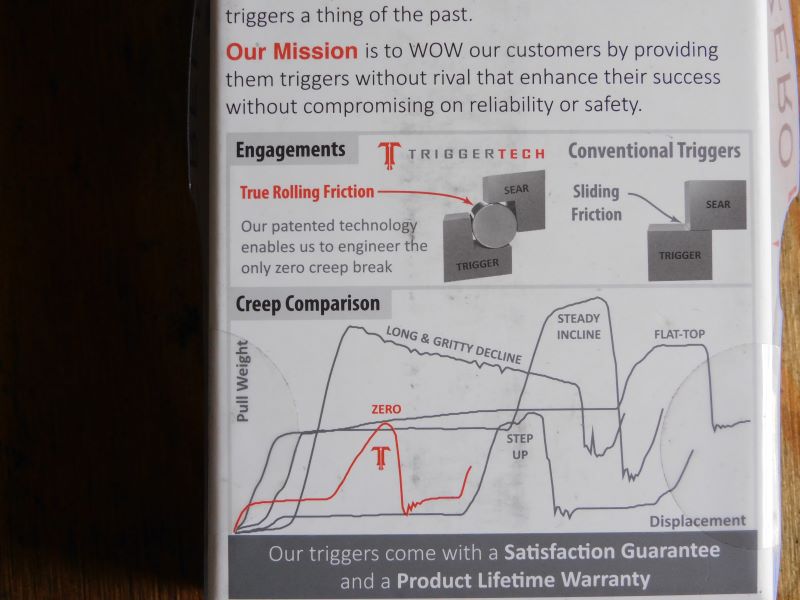
The Duty Trigger is available as a single-stage or double-stage trigger with an advertised trigger pull weight of either 3.5 or 5.5 lbs. Both are available with a curved or straight trigger shoe. I elected for the 3.5 lb. single-stage trigger with the straight shoe.
Installation
It took me 10 minutes to install the TriggerTech Duty trigger, though just about anyone can do it faster. Installation begins by removing the lower receiver from the empty upper receiver.
Next, you will have to remove the pistol grip from the lower receiver. Most AR grips are held in place by a single, long Torx bolt and the job can be accomplished by a screwdriver with the appropriate bit. When you pull the pistol grip off the frame, the safety selector screw can fall out of its slot. Keep track of it.
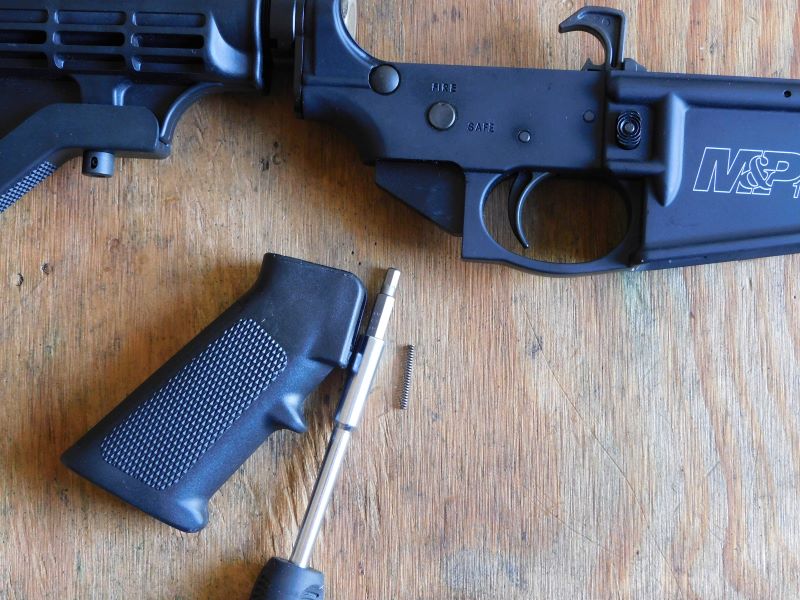
From this point, there are only three bits getting in the way of removing the existing Mil-Spec trigger: the safety selector and two pins. Without the safety spring’s tension, the selector moves more freely in the socket. Cocking the hammer removes all tension and the selector can be pulled out of the rifle. Next, punch out the two receiver pins and pull them out of the rifle. Without the pins in place, the trigger comes apart and the parts are segregated from the rifle.
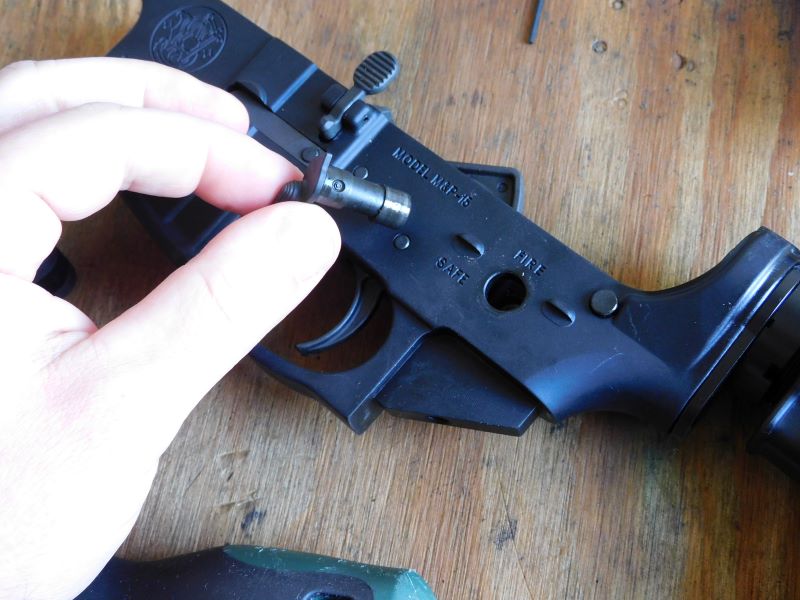
Reinsert the safety selector and push the indicator to a point between safe and fire. The new trigger is set from the factory and plugged with a plastic screw that prevents the trigger from being damaged during shipping. The plastic screw and accompanying label are removed and the trigger is pushed into the lower receiver.
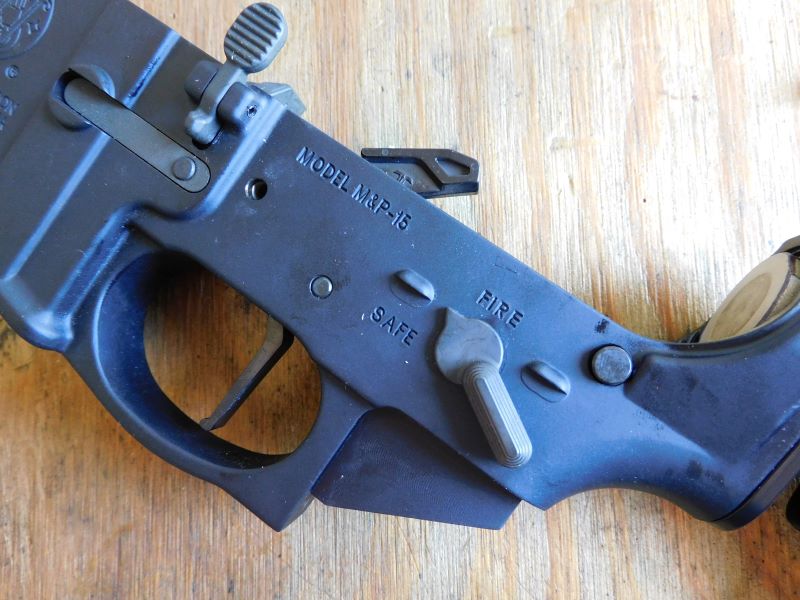
The holes in the trigger housing are lined with the pin holes on the receiver and the stock pins are reinstalled. But you will notice that even with the pins in, the trigger fits loosely. At that point, you will take the included Allen key and snug a pair of set screws until the unit is a tight fit in the receiver.

Finishing The Install
To ensure proper function of the trigger, reinstall the safety selector spring and pistol grip back onto the lower receiver of the rifle. Tension on the safety should be restored and you should be able to switch the selector from fire to safe with distinctive effort. It is a good idea to test the safety to ensure the trigger does not give when the selector is in the safe position. In the fire position, the hammer should drop when the trigger is pulled.
After a few dry-firing repetitions, I noticed the new trigger was lighter and had no discernable movement before the hammer dropped. Using my Lyman Trigger Pull Gauge, I measured the trigger pull weight to be a consistent 3 lbs.
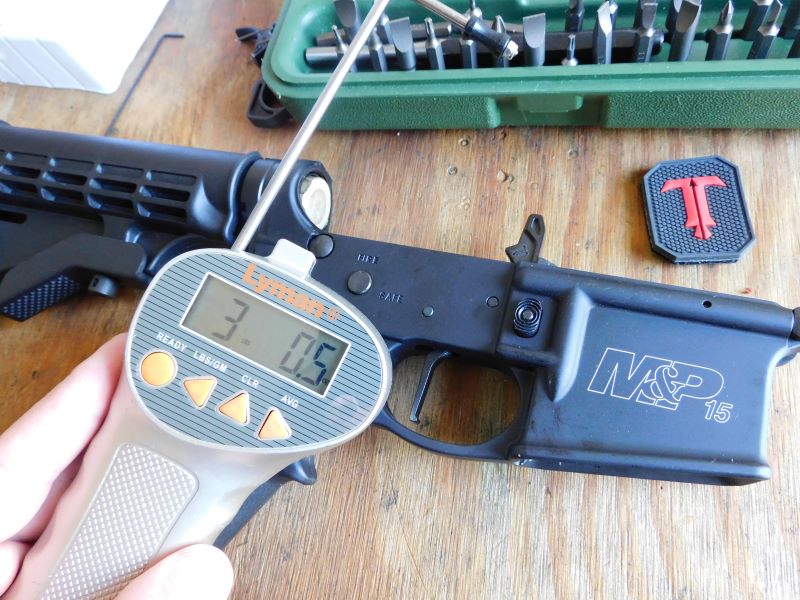
Shooting Impressions
I make no bones about being an entry-level AR shooter, just as my entry-level Smith & Wesson M&P Sport II would suggest. My M&P has a few thousand rounds downrange. While I have shot my rifle through some closer-range multi-target drills, most of my mileage has been shooting out to 300 yards from the bench or in the kneeling and prone position. At short range, I barely noticed the Mil-Spec trigger. You could crush the trigger shoe and still get decent hits in what I would consider to be a reasonable time. But as the range extends, cracks in the fundamentals and the gear grow exponentially.
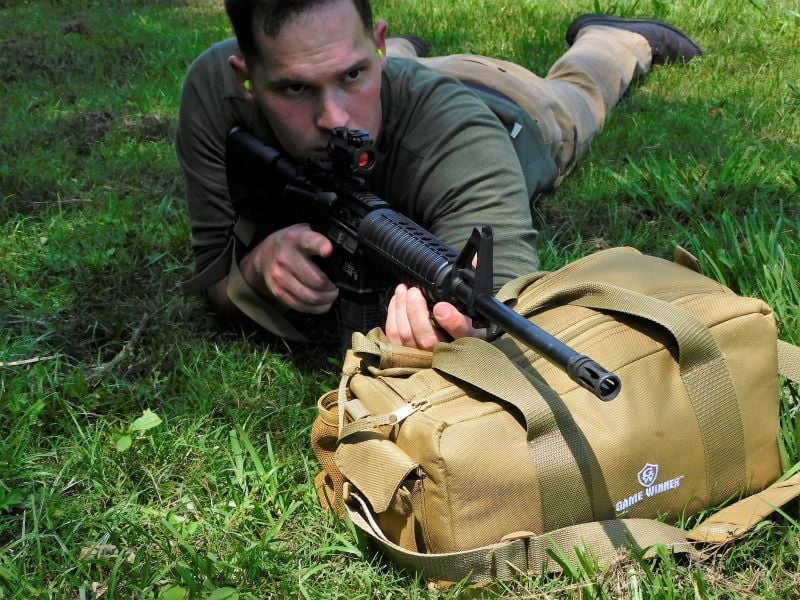
My first time shooting out to 300 yards in the prone was not a bad run. I could reliably hit a 1/2-sized D28 steel silhouette at that distance with iron sights more times than not. But the amount of work for each of those hits takes too long. The Mil-Spec trigger has a lot of creep, making you guess when the trigger is going to break when it does not. The break is clean, but it takes effort to get there, and you are inviting a disturbance to your sights or your target moving out of view while you work through the grit.
I have since gotten used to the Mil-Spec trigger but I was willing to upgrade just to see if a better trigger makes the difference. On the firing line, the TriggerTech unit held up well. When it comes to speed and accuracy, I could print a 100-yard group that was slightly better. The difference is that I could make that five-round group in roughly half the time as I did when using the stock Mil-Spec trigger. Out to 300 yards, the lower trigger weight and distinct lack of creep helped me put five for five on the silhouette from the prone in nine seconds. With some practice using the stock trigger, my times reliably fell between 13 and 18 seconds to achieve the same level of accuracy.
A Closing Thought
If you are in the market for a new AR trigger, you might consider a Rise Armament, Gisselle, or even a Timney trigger to weigh their potential advantages. But for a lower price of admission, the TriggerTech is worth a look.

